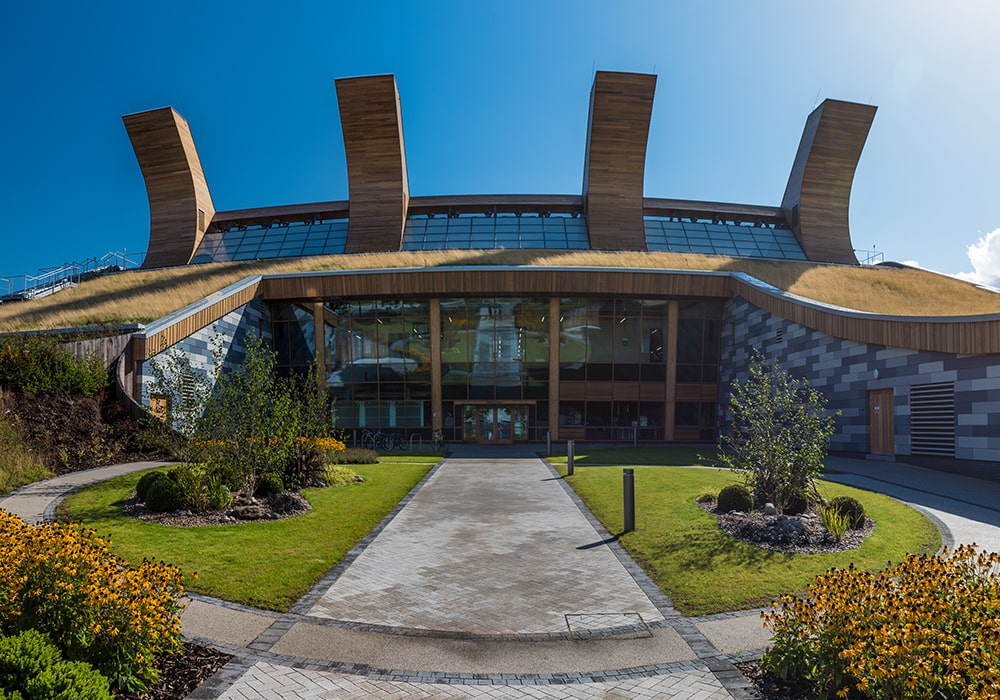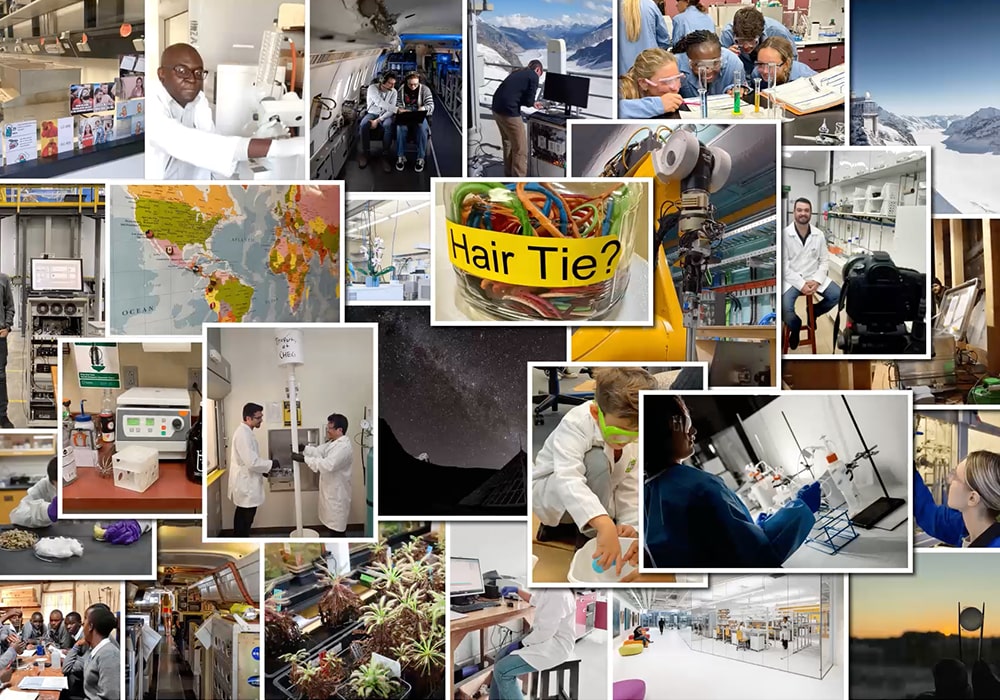Advertisement
Grab your lab coat. Let's get started
Welcome!
Welcome!
Create an account below to get 6 C&EN articles per month, receive newsletters and more - all free.
It seems this is your first time logging in online. Please enter the following information to continue.
As an ACS member you automatically get access to this site. All we need is few more details to create your reading experience.
Not you? Sign in with a different account.
Not you? Sign in with a different account.
ERROR 1
ERROR 1
ERROR 2
ERROR 2
ERROR 2
ERROR 2
ERROR 2
Password and Confirm password must match.
If you have an ACS member number, please enter it here so we can link this account to your membership. (optional)
ERROR 2
ACS values your privacy. By submitting your information, you are gaining access to C&EN and subscribing to our weekly newsletter. We use the information you provide to make your reading experience better, and we will never sell your data to third party members.
People
C&EN talks with Peter J. T. Morris, science historian
The design of today’s chemical laboratories still owes much to the developments of 19th-century chemists
by Chris Gorski
September 29, 2023
| A version of this story appeared in
Volume 101, Issue 32

Credit: Wellcome Library, London | Before the 1800s, laboratories and workshops included furnaces, such as in this assaying workspace from Lazarus Ercker's 1574 book Beschreibung allerfürnemisten mineralischen Ertzt und Berckwercksarten (Description of leading ore processing and mining methods).




Join the conversation
Contact the reporter
Submit a Letter to the Editor for publication
Engage with us on Twitter